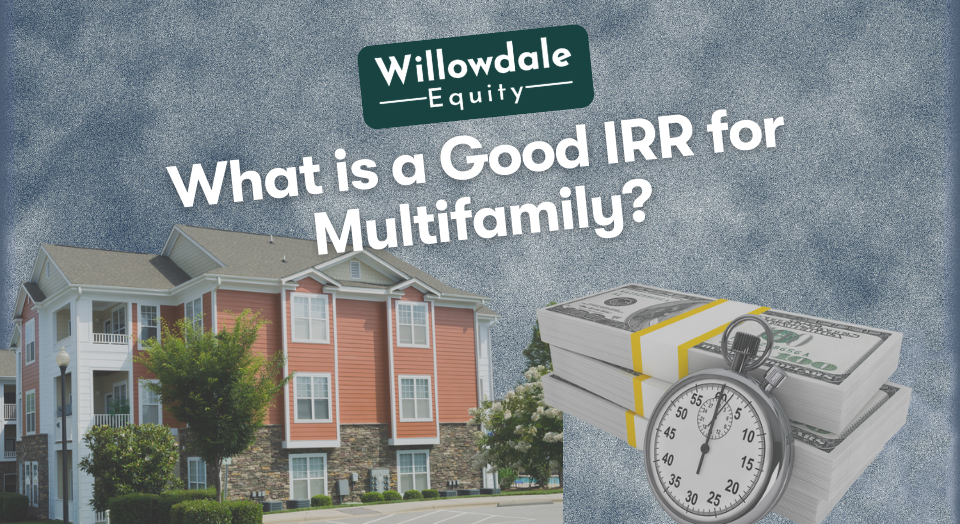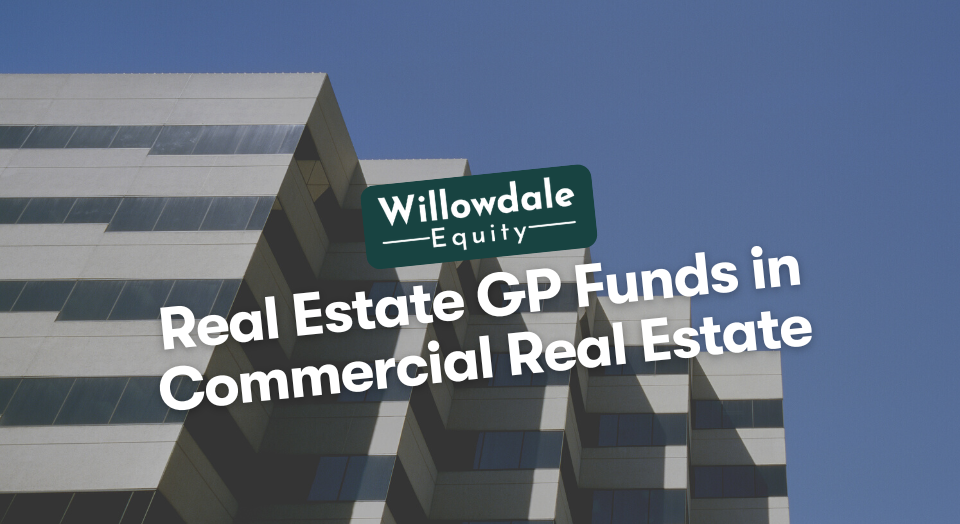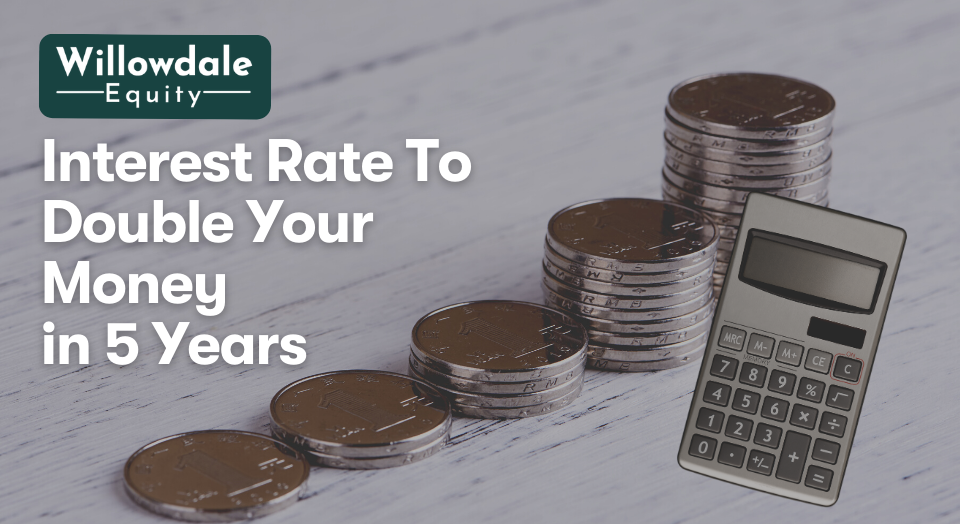
What is a Good IRR for Multifamily? – Target IRR for Real Estate
Most real estate investors look at the internal rate of return (IRR) as the barometer of strength for any given project. IRR is highly influenced by the speed of returns, meaning the sooner or more cash distributions are made to investors, the higher the IRR. That is because the IRR factors in the time value of money. In a real estate investment, the time value of money is essential because a dollar received today is worth more than a dollar received tomorrow due to inflation’s natural erosion of the dollar year over year and many other factors.
Key Takeaways
-
It’s important to note that the IRR should not be the only metric that sways your decision when evaluating real estate investments like a multifamily property.
-
IRR expectations are not equal; the IRR and other return metrics are closely tied to the property’s risk profile. An excellent acceptable IRR for a multifamily deal ranges from 12% to 15%.
-
The IRR is the rate needed to convert the sum of all future uneven cash flows (cash flow, sales proceeds, and principal paydown) to equal the equity investment. IRR is one of the main factors passive investors should focus on when qualifying a deal.
-
Many industry experts get caught up in comparing return metrics like AAR vs. IRR, equity multiple vs. IRR, or cash-on-cash return vs. IRR to find the ultimate return metric to follow.
IRR in Real Estate
It’s important to note that the IRR should not be the only metric that sways your decision when evaluating real estate investments like a multifamily property. Regarding return expectations, IRR returns in many real estate investment asset classes are usually in the teens. Many real estate investors confuse this with cash-on-cash returns or average annual returns (AAR). AAR considers the average rate of return that you’ll get over the hold of however many years the project is held. The IRR percentage does not necessarily quantify that actual dollar amount based on the IRR percentages as the ARR would.
Just because a project has a higher IRR or higher cash flows doesn’t necessarily mean it’s the standout better investment. You’ll recoup your invested dollars sooner, but you could still achieve a higher return or multiple on your equity in another deal with a lower IRR projection.
Target Equity Multiple (TEM)
The targeted equity multiple (TEM) is another metric that investors use to measure the attractiveness of a potential real estate investment. The TEM calculation looks at how much cash flow is generated in relation to the amount of invested equity. The targeted equity multiple is essential because it gives investors a sense of their overall return on their invested dollars if they hold the investment for a certain period of time.
What is an good IRR in Real Estate?
A good IRR in real estate investing could be somewhere between 15% to 20%. However, it varies based on the cost basis, the market, the particular class, the investment strategy, and many other variables.
What is an acceptable IRR in Real Estate Investing?
IRR expectations are not equal; the IRR and other return metrics are closely tied to the property’s risk profile. An excellent acceptable IRR for a multifamily deal ranges from 12% to 15%.
IRR Example 1
IRR Example 2
Based on the above two examples, even though example 1 has a higher IRR, example 2 would have been the better deal. The reason is that you would have received $60,000 in profit as opposed to $35,000 in profit in the same 3-year period even though it had a lower IRR.
Check out our Real Estate IRR Calculator, Here, to run your own examples.
IRR definition in real estate
The IRR is the rate needed to convert the sum of all future uneven cash flows (cash flow, sales proceeds, and principal paydown) to equal the equity investment. IRR is one of the main factors passive investors should focus on when qualifying a deal.
A Simpler Example; Let’s say that you invest $50. The investment has cash distributions of $5 in year one and $20 in year 2. The investment is liquidated at the end of year 2, and the $50 is returned. The total profit is $25 ($5 year 1 + $20 year 2). The simple division would say that the return is 50% ($25/50). But since the time value of money (two years in this example) impacts return, the IRR is only 23.43%.
If we had received the $25 cash flow and $50 investment returned all in year 1, then yes, the IRR would be 50%. But because we had to “spread” the cash flow over two years, the return percentage is negatively impacted. The timing of when cash flow is received significantly and directly impacts the calculated return. In other words, the sooner you receive the cash, the higher the IRR will be.
Other Returns Metrics You Should Know & Look Out For When Analyzing Real Estate Investments
Cash-On-Cash Return (COC)
The cash-on-cash return is the rate of return on an annual basis of the total initial investment that an investor has contributed to a deal. COC returns can range anywhere from 6%-12% +. Typically in value-add deals, the sponsor group is still in the process of executing the value-add renovation plan, so COC is lower in year 1. Year 2 COC returns should significantly increase as a lot of value would’ve been created over the past 12 months.
For Example, If your personal total equity investment was $100,000 into multifamily real estate syndication, and you received distributions that total $10,000 on the year, the COC return would be 10% ($100,000 / $10,000= COC).
Average Annual Return (AAR)
The average annual return is a calculation that measures the average return on an annual basis while you own the property. A solid AAR for a deal is around 14% plus, but this varies depending on what market and asset class you’re investing in.
For Example; If you invested $100,000 and made a total of $85,000 in cash flow and profit from the sale in the five years that you owned the property, you would have a 17% AAR
($85,000 in profit / $100,000 initial investment= 0.85….Then take your 0.85 / 5 Year project hold = 0.17% AAR).
Equity Multiple
Targeted equity multiple meaning
The equity multiple is a metric that measures how many dollars you’ll get back on every dollar you invest. It’s calculated by the total amount of profit + the amount you invested divided by the amount you invested in the deal.
For Example; If you received $250,0000 in profits in the form of cash distributions throughout the hold of the project, plus profits from the sale of the deal, and your initial capital contribution to the project was $100,000, then that would mean that you received a 3.5X equity multiple ($350,000 Total Received / $100,000 Investment = Equity Multiple).
What is a good equity multiple?
Equity multiples range from project to project; if you can get a 2X equity multiple, that’s a solid investment. That means you made two times what you initially contributed to the deal.
Finding a dependable risk-adjusted investment vehicle that enables you to safely double your money every 5-7 years should be the goal. Here at Willowdale Equity, we focus on multifamily real estate as an asset class that can provide those mentioned above, plus all the tax advantages and much more. This type of investment vehicle is referred to as a real estate syndication, where investors pool their money together to purchase more significant assets than they would be able to as an individual.
Tell me the difference between equity multiple and IRR?
The equity multiple is the total amount of cash for equity investment in a company over time. The IRR function calculates the proportion of profit on any investable dollar generated during an annual investing period.
A property with a high IRR may quickly increase income for an investor, but a higher return to investors may not necessarily accompany it. The internal rate of return isn’t factored into the equity multiple calculations.
The IRR and Equity Multiple are shown in tandem because one metric tells investors a story that the other metric leaves out. In this scenario, the IRR calculation accounts for the time value of money (TVM), whereas the Equity Multiple does not.
Frequently Asked Questions About IRR Definition Real Estate
The Internal Rate of Return (IRR) tells us a lot about an investment opportunity while factoring time into your invested dollars. This is because the IRR considers the time value of money. A dollar received today is worth more than a dollar received tomorrow, which is mainly due to inflation’s natural erosion of the dollar year after year, making the time value of money so crucial in a real estate investment. The Internal Rate of Return (IRR) is calculated by dividing the discounted cash flow. The IRR is impacted by the speed of returns, which means that if investors’ cash distributions are made sooner rather than later, they will have a higher IRR on their invested capital.
Yes, a 25% Internal Rate of Return (IRR) is a solid return. The higher the IRR, the higher the return you get on your cash based on time; the idea is to quickly re-invest that capital to continue earning a solid return. Typically for a multifamily project, a good IRR for a project could fall anywhere from 12% to 18%.
The Internal Rate of Return (IRR) is often mentioned when analyzing return expectations for a multifamily investment. The IRR is a metric used to calculate the rate that would convert the total of all uneven cash flows (cash flow, sales proceeds, and principal pay down) into equity investment. When evaluating a transaction, passive investors should consider the IRR as one of the most significant elements.
This tells us that the invested dollars in a real estate syndication was able to double over the course of the deal.
The equity multiple tells investors what dollar-for-dollar return or multiple they will get across the entire hold of the project on the invested capital. Generally, this would include all cash distributions received annually and any other liquid event throughout the hold, like a refinance or sale.
A Cash on cash return is calculated by taking the money you invested and dividing it by the return you got on that investment. For example, if you invested $50,000 in a multifamily real estate syndication and received dividends of $5,000 during the year, your COC return would be 10% ($50,000 / $50,000 = COC).
An excellent average annual return (ARR) would be anywhere around 14% plus.
IRR In Real Estate - Conclusion
It’s more advantageous to receive cash distributions and a return sooner on your hard-earned dollars than receive it later when your real estate is investing. But don’t let IRR or net present value cloud your analysis, and be the only metric you use to evaluate an investment opportunity. It’s also important to note that even if the deal you’re invested in has a “lower cap rate,” all the projected returns can still be hit. This is due to the ability to use leverage (debt), which lowers the amount of total cash needed for the deal and increases our overall cash returns.
Many industry experts get caught up in comparing return metrics like AAR vs. IRR, equity multiple vs. IRR, or cash-on-cash return vs. IRR to find the ultimate return metric to follow.
But, as investors, we should be using all the return metrics like COC and AAR and what the equity multiple will be on your cash over the hold period of the deal. The name of the game when it comes to real estate investment opportunities, especially in an asset class like multifamily real estate, is to multiply your capital and continue to compound it.
You don’t need investment advisory services to tell you that, so make sure you use all the tools in your toolbox before you strike your next deal.
Interested In Learning More About PASSIVE Real Estate Investing In Multifamily Properties?
Get Access to the FREE 5 Day PASSIVE Real Estate Investing Crash Course.
In this video crash course, you’ll learn everything you need to know from A to Z
about passive investing in multifamily real estate.
We’ll cover topics like earned income vs passive income, the tax advantages, why multifamily, inflation, how syndications work, and much much more!






